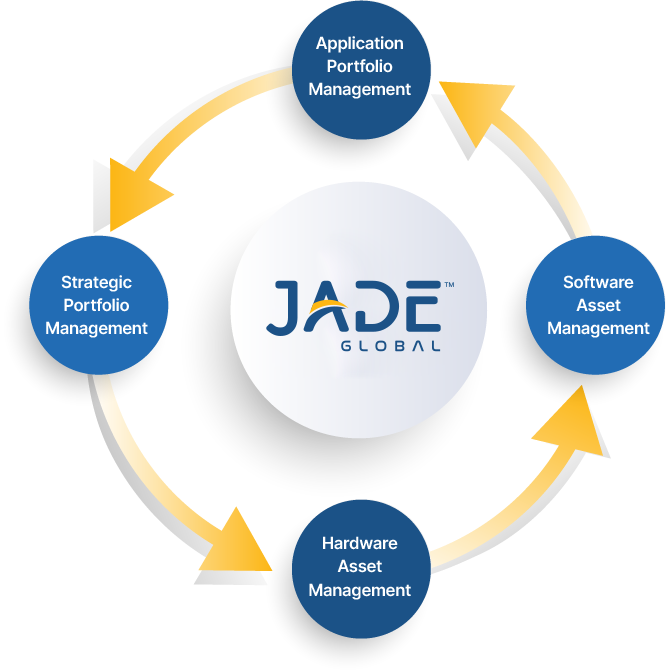In the ever-evolving landscape of IT operations, having the right tools to manage and streamline processes is essential for organizations to succeed. Jira and ServiceNow are widely used tools in the industry, allowing organizations to manage projects, track issues, and deliver IT services efficiently.
Organizations can enhance their incident management processes and service delivery capabilities by integrating Jira with ServiceNow. This article will explore the best practices for professionals to play effectively with Jira and ServiceNow integration, providing valuable insights on optimizing both platforms' benefits.
Jira and ServiceNow are powerful tools organizations can use to manage their IT operations. Jira is a popular project management and issue-tracking tool, while ServiceNow is a comprehensive IT service management platform. Organizations can improve their incident management and IT service delivery processes by integrating Jira with ServiceNow.
Here are some Best Practices for Integrating Jira with ServiceNow
Define the Scope of ServiceNow and Jira Integration
Before starting the integration, it is important to define it clearly. This includes identifying which Jira projects and ServiceNow instances will be integrated and what data will be shared between the two systems.
Use Jira's APIs
Jira has a wide range of APIs to integrate with other systems, including ServiceNow. These APIs can create tickets, update ticket status, and retrieve ticket information. Organizations can automate creating and updating tickets in ServiceNow using Jira's APIs.
Use a Middleware Tool
A middleware tool, such as a connector or integration platform, can facilitate the integration between Jira and ServiceNow. This can help to simplify the integration process and ensure that data is synced correctly between the two systems. Use Webhooks for real-time integration: Jira and ServiceNow both support webhooks, which can trigger events in one system based on actions in the other system. For example, when an issue is created in Jira, a webhook can automatically create a corresponding incident in ServiceNow. This can help to ensure that data is always up-to-date between the two systems and that the IT teams are working with the most current information.
Define Clear Workflows
Defining clear workflows ensures incidents are managed efficiently when integrating Jira with ServiceNow. This includes defining which incidents will be managed in Jira and which will be managed in ServiceNow. It also includes defining the process for escalating incidents between the two systems.

Use REST API for ServiceNow Jira Integration
Jira and ServiceNow offer REST APIs that can be used to integrate the two systems. These APIs allow for data creation, retrieval, update, and deletion between the two systems. By using the REST API, organizations can automate the integration process, reducing the need for manual intervention.
Test the integration:
Before going live with the integration, it is important to test it to ensure it works as expected thoroughly. This includes testing the creation of tickets, updating ticket status, and retrieving ticket information.
Utilize the Reporting Capabilities
Both Jira and ServiceNow provide a wide range of reporting capabilities that can be used to gain insights into the performance of your IT operations. By integrating the two systems, you can use the reporting capabilities of both Jira and ServiceNow to gain a complete view of your IT operations.
Use ServiceNow plug-in for Jira
ServiceNow offers a plug-in for Jira that can be used to integrate the two systems. This plug-in allows for the creation of incidents and change requests directly from Jira, providing a seamless experience for users.
Use Jira plug-in for ServiceNow
Jira also offers a plug-in for ServiceNow that can be used to integrate the two systems. This plug-in allows for the creation of Jira issues directly from ServiceNow, providing a seamless experience for users.
Customize ServiceNow Jira Integration as per the Needs
Customization plays a key role in integration. The integration should be customized to fit the specific needs of the organization. This includes creating custom fields and forms, customizing the user interface, and creating custom workflows.
Data Mapping
Once the integration is set up, data mapping is crucial to ensure that the data is passed correctly between Jira and ServiceNow. This includes identifying which fields in Jira need to be mapped to which fields in ServiceNow and how data should be transformed when passed between the two platforms.
Conclusion
In conclusion, organizations integrating Jira with ServiceNow can significantly improve their incident management and IT service delivery processes by following the best practices discussed in this article. By doing so, teams can gain a more comprehensive view of their project and incident management workflows, enabling them to deliver services efficiently and effectively. Integrating these two powerful tools offers a unique opportunity to streamline operations, optimize resources, and enhance collaboration among team members.
Therefore, organizations that invest the time and effort to follow these best practices will reap the benefits of improved performance, increased productivity, and higher customer satisfaction. When executed with best practices, it is clear that Jira and ServiceNow integration is a valuable asset that organizations should consider implementing in their IT operations.
By following these best practices, organizations can improve their incident management and IT service delivery processes when integrating Jira with ServiceNow. Integrating both systems gives teams a more comprehensive view of the project and incident management, providing an efficient and effective way of delivering services.













